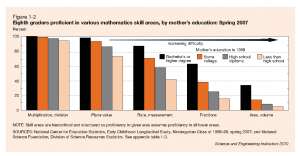Readers have been sending me pointers to articles about the Motorola Atrix, a mobile phone with a laptop dock, and saying that it is similar to my 2005 article “Mobile Phone As Home Computer”. I don’t see the similarity because the Motorola dock has no hard drive and isn’t necessarily different than using a bluetooth keyboard and bluetooth display (does that work?) with any other smartphone. My idea of the dock was that it had its own monster CPU and graphics chips, unconstrained by power considerations, plus a hard drive for storing near-infinite video (the one form of data that a typical consumer might accumulate that is too large to be stored inexpensively in the cloud) and a removable hard drive mirror for backup.
Even if Motorola has not implemented my pet idea, this would seem to be a useful tool for travelers. Use the laptop dock when in a hotel or an office; use the phone by itself while walking around. Don’t carry any extra chargers or cables or extra weight from the full hard drive and circuitry of a typical laptop. I don’t like this for replacing a home PC because the 11″ screen on the laptop dock is so small. A $550 Dell home PC includes a 24″ “full HD” monitor with 1920×1080 resolution. That’s enough to view two pages of text side-by-side, a critical ability for students, certainly (one window for Wikipedia, from which to cut and paste into the other window, which holds the term paper).
Thoughts on the Atrix? Anything else from CES strike folks as interesting? There were a lot of tablet announcements, but I didn’t see much in the way of pricing. If a Netbook retails for $300, I would think that a $249 Android tablet would drive consumers truly wild, though this February 2010 analysis of iPad manufacturing cost makes it seem as though a high-performance $249 tablet is at least another year away.
Full post, including comments 